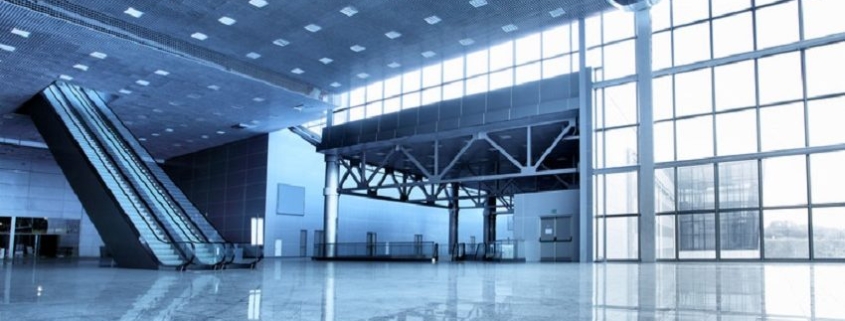Dallas-Fort Worth Named The No. 2 Investment Market Nationwide
Commercial real estate investors rank Dallas-Fort Worth as the No. 2 investment market in the U.S., with the Texas metro maintaining its reputation for solid economic fundamentals in the job and population growth categories, CBRE said in its 2021 Americas Investor Intentions Survey.
Popular investment targets include life sciences labs, medical offices, single-family rentals, data centers and cold-storage facilities.
Austin is the only market to outrank DFW in the study, which was completed by surveying 150 U.S.-based real estate investors from Dec. 9 through Feb. 2.
Secondary markets like Dallas and cities across the Sun Belt scored high among CRE investors in the latest survey because of investors’ potential to obtain more equity and income growth in these low-cost, rapidly expanding areas, CBRE said.
Tech-driven markets also scored high among the CRE investor class, with the Top 10 choices for investment outlays including big-time tech players like Austin, Denver, San Francisco and Seattle.
Investors with more assets under their control also showed a greater interest in taking risks in 2021. For the first time since the survey began seven years ago, a larger pool of investors with assets of more than $50B under their control showed a stronger appetite for opportunities in secondary markets like Dallas over primary, first-tier cities.
Investors looking for high returns also exhibited a greater risk tolerance heading into 2021, with 30% of respondents, up from 16% last year, saying they’re ready to target distressed assets or opportunistic plays in 2021. As they expand their reach, investors expect aggressive pricing in the logistics and multifamily spaces and discounts in most other asset types, according to CBRE.
CRE investors in 2021 also want more diversity when it comes to asset types. Seventy-two percent of those surveyed said they are looking to invest in one or more alternative asset types this year, up from 54% in 2020.
Source: Bisnow




